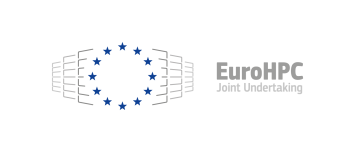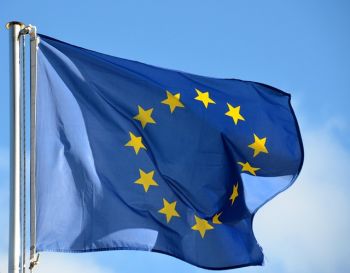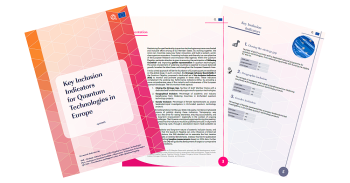-
About
- News | Events | Jobs
- Ecosystem
- Projects
- Funding
- Media
Quantum simulation and quantum computing are expected to outperform the best classical computers but require the creation of large entangled multiqubit states. To achieve this, many different approaches are being pursued: superconducting qubits, as well as trapped atoms and ions, being the most advanced. So far, studies have been able to entangle over 20 qubits, achieved with Rydberg atom qubits and superconducting qubits, proving that such quantum systems are on the right track for the development of large-scale quantum processors.
In order to surpass capabilities of their best classical counterparts, current and near-term quantum devices are expected to prepare increasingly more complex entangled quantum states. Recently, a cross-collaboration study published in Physical Review A has been carried out by researchers Bálint Koczor and Robert Zeier from the AQTION and the PASQuanSproject of the Quantum Flagship as well as Steffen J. Glaser from the Munich Center for Quantum Science and Technology. This study reports on a new theoretical approach that provides effective computational methods that can represent (finite-dimensional) quantum states of single qubits or permutationally symmetric states of multiple qubits using spherical phase spaces.
The research presents methods to efficiently compute the corresponding spherical phase-space functions. These methods are at least an order of magnitude faster than traditional ones when compared for up to dimension 500 (or up to 499 qubits in permutationally symmetric states), and they exploit an efficiently computable Fourier series expansion and a fast Fourier transform. Example visualizations of a Greenberger–Horne–Zeilinger (GHZ), Dicke, and squeezed state are shown in the accompanying figure.
The results of this study will enable both theoreticians and experimentalists to more effectively work with phase-space representations in order to study high-dimensional quantum effects. This will help to guide future experimental advancements in generating complex quantum states with high fidelities.

Caption: Numerically computed Wigner functions (for more details, see Figure 2 of the publication).
Read the article: Bálint Koczor, Robert Zeier, and Steffen J. Glaser. Fast computation of spherical phase-space functions of quantum many-body states. Phys. Rev. A 102
Find more:
About PASQuanS
About AQTION



